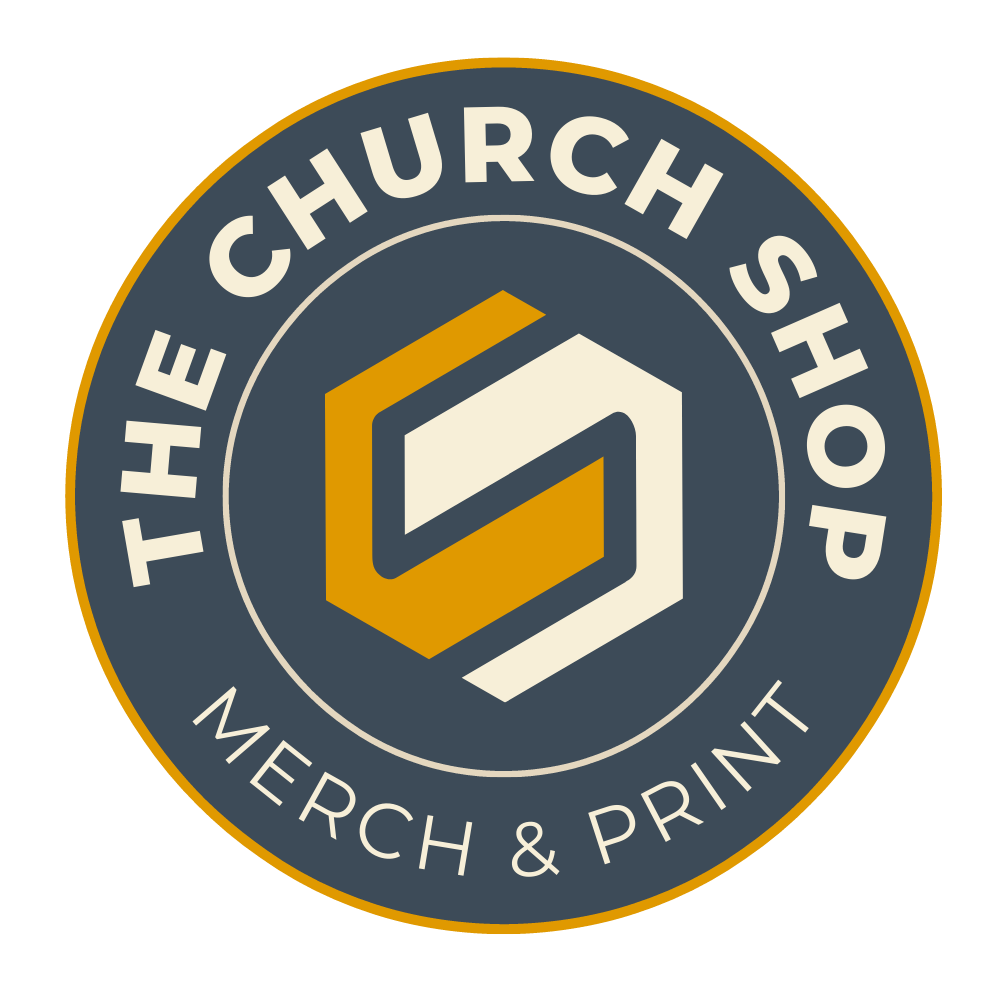Choosing the Right Print Method
1. Direct-to-Garment (DTG) Printing
Best For: Detailed, colorful designs on cotton shirts.
How It Works: Inkjet technology sprays water-based inks directly onto fabric, capturing fine details and gradients.
Pros:
Soft, breathable prints
Great for small orders
High-resolution images
Cons:
Best on 100% cotton
2. Direct-to-Film (DTF) Printing
Best For: Vibrant designs on a variety of fabric types (cotton, polyester, blends).
How It Works: Designs are printed onto a special film, coated with adhesive, and heat-pressed onto the garment.
Pros:
Bright, durable prints
Works on many fabric types
No need for fabric pretreatment
Cons:
Slightly thicker feel than DTG
May have a glossy finish
3. Sublimation/Digital Printing (Drinkware Only)
Best For: Custom mugs and drinkware.
How It Works: Designs are printed using sublimation, where dye turns into gas and bonds with the coating on drinkware, creating vibrant, long-lasting prints.
Pros:
Permanent, fade-resistant designs
No added texture; the print is part of the items.
Cons:
Only available for specially coated drinkware
Not suitable for apparel or uncoated items
4. Embroidery
Best For: Logos and text on polos, caps, jackets, and other apparel.
How It Works: Threads are stitched directly into the fabric, creating a textured, professional look.
Pros:
Extremely durable
Elevates the garment’s appearance
Cons:
Not ideal for intricate or photorealistic designs
Limited number of thread colors
Quick Comparison:

